AA
Text Size
- Small
- Medium
- Large

1/11
The largest creatures under water
The ocean is home to some of the largest creatures on Earth, many of which are still shrouded in mystery. These giants of the deep play crucial roles in their ecosystems and have fascinated scientists and the public alike. From the massive blue whale to the elusive giant squid, these underwater behemoths showcase the incredible diversity and scale of marine life. This article explores ten of the largest underwater creatures, detailing their characteristics, habitats, and the unique features that make them stand out.
Image: Canva
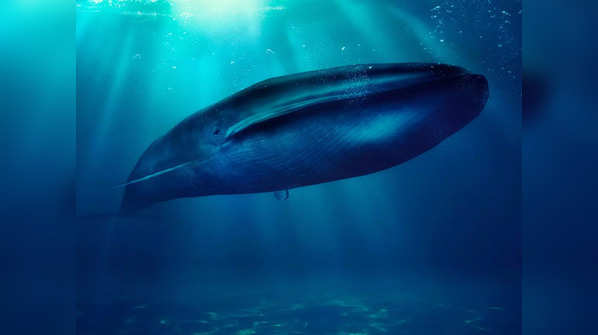
2/11
Blue whale
The blue whale (Balaenoptera musculus) is the largest mammal ever to have lived. These aquatic giants can grow to be 100 feet long and weigh up to 200 tons. Found in oceans worldwide, blue whales primarily feed on tiny shrimp-like animals called krill. Despite their enormous size, blue whales are gentle giants, often seen swimming gracefully through the water. Their populations were severely depleted due to whaling in the 20th century, but conservation efforts have helped some populations recover.
Image: iStock
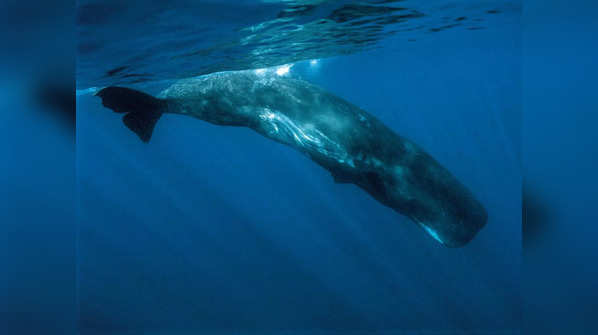
3/11
Sperm whale
The sperm whale (Physeter macrocephalus) is the largest of the toothed whales and can grow up to 67 feet long. Known for their distinctive large heads, which contain a substance called spermaceti, these whales are deep divers, capable of reaching depths of over 3,280 feet. Sperm whales are found in oceans around the world and are known for their complex social structures and vocalizations. They primarily feed on squid, including the elusive giant squid, which they hunt in the deep ocean.
Image: Canva
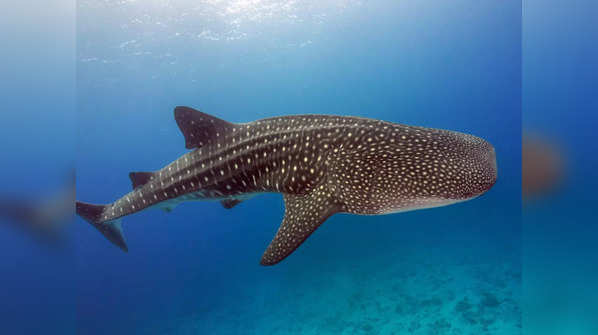
4/11
Whale shark
The whale shark (Rhincodon typus) is the ocean’s largest fish, with lengths of up to 40 feet. Despite their size, whale sharks are filter feeders that eat plankton and tiny fish. They are found in tropical and warm-temperate seas all over the world, usually near the surface where food is plentiful. Whale sharks are well-known for their striking spotted patterns and kind disposition, making them popular among divers and snorkelers.
Image: Canva
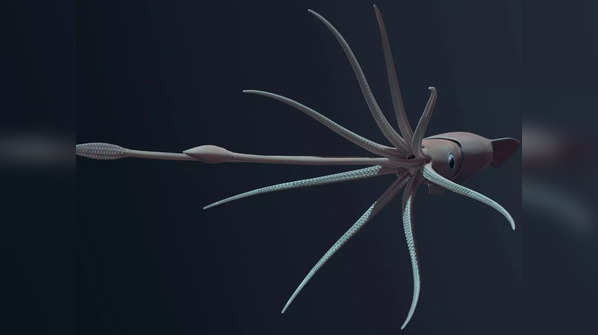
5/11
Giant squid
The giant squid (Architeuthis dux) is one of the largest invertebrates, with some specimens estimated to reach lengths of up to 43 feet. These elusive creatures inhabit deep ocean waters and are rarely seen by humans. Giant squids have large eyes, which help them see in the dark depths of the ocean, and long tentacles equipped with powerful suckers. They are believed to be preyed upon by sperm whales, as evidenced by scars found on the whales’ bodies.
Image: Canva
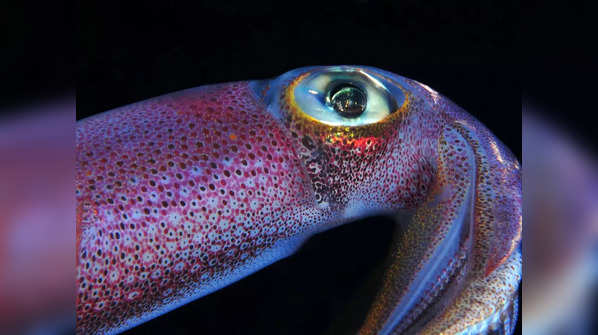
6/11
Colossal squid
The colossal squid (Mesonychoteuthis hamiltoni) is even larger than the giant squid, with estimates suggesting it can reach lengths of up to 46 feet. Found in the deep waters of the Southern Ocean, the colossal squid is known for its massive size and unique features, such as swiveling hooks on its tentacles. Very few specimens have been studied, making it one of the most mysterious creatures of the deep. The first complete specimen was captured in 2007 near Antarctica.
Image: Canva
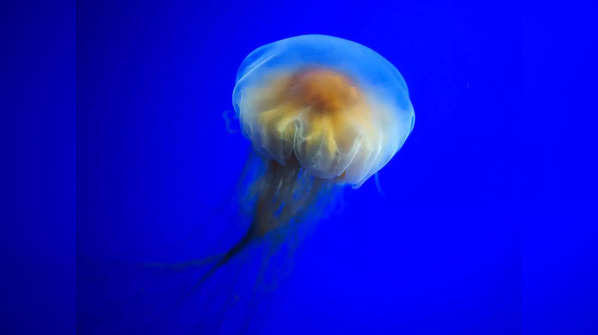
7/11
Lion’s mane jellyfish
The lion’s mane jellyfish (Cyanea capillata) is the largest known species of jellyfish, with tentacles that can extend up to 120 feet. These jellyfish are found in the cold waters of the Arctic, North Atlantic, and North Pacific Oceans. Their bell can reach a diameter of over 7 feet, and their long, trailing tentacles are equipped with stinging cells used to capture prey. Despite their size, lion’s mane jellyfish are often at the mercy of ocean currents.
Image: Canva
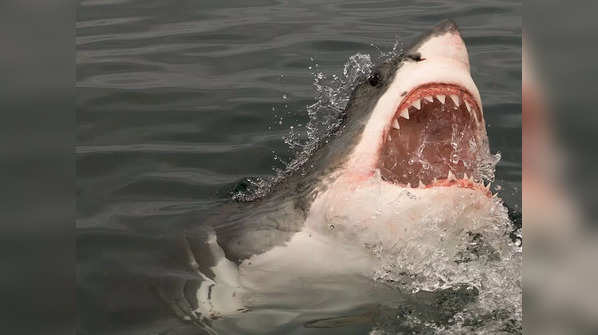
8/11
Great white shark
The great white shark (Carcharodon carcharias) is one of the largest predatory fish, reaching lengths of up to 20 feet. Found in coastal waters around the world, great white sharks are known for their powerful build and sharp teeth. They are apex predators, feeding on a variety of marine animals, including seals, fish, and even other sharks. Great white sharks are also known for their migratory behavior, traveling long distances across oceans.
Image: Canva
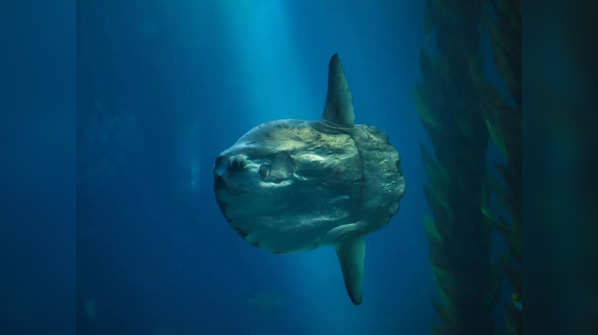
9/11
Ocean sunfish
The ocean sunfish (Mola mola) is the heaviest bony fish, with some individuals weighing over 2,200 pounds. These unique fish have a distinctive flattened body and can grow up to 10 feet in length. Ocean sunfish are found in temperate and tropical oceans worldwide and are known for their habit of basking near the surface. They primarily feed on jellyfish, but their diet also includes small fish and plankton.
Image: Canva
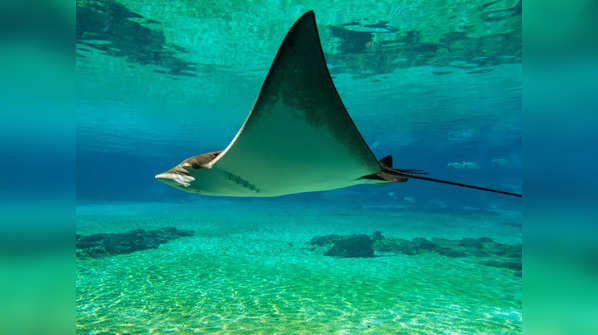
10/11
Giant manta ray
The giant manta ray (Manta birostris) is the largest species of ray, with a wingspan that can reach up to 29 feet. These graceful creatures are found in tropical and subtropical waters around the world. Giant manta rays are filter feeders, consuming plankton and small fish as they glide through the water. They are known for their intelligence and curious nature, often approaching divers and snorkelers.
Image: Canva
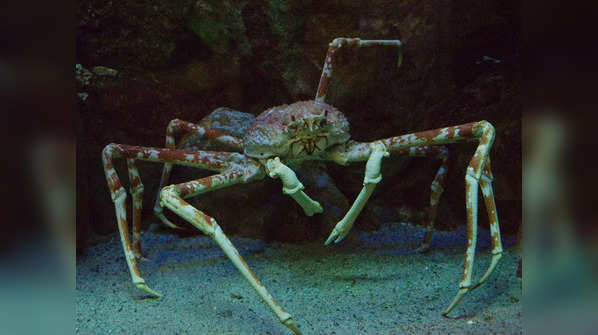
11/11
Japanese spider crab
The Japanese spider crab (Macrocheira kaempferi) is the largest species of crab, with a leg span that can reach up to 12 feet. Found in the waters around Japan, these crabs inhabit depths of up to 1,000 feet. Japanese spider crabs have long, spindly legs and a body covered in spines and bumps. They are scavengers, feeding on dead animals and plant material on the ocean floor. Despite their fearsome appearance, they are not aggressive towards humans.
image: Canva
FOLLOW US ON SOCIAL MEDIA